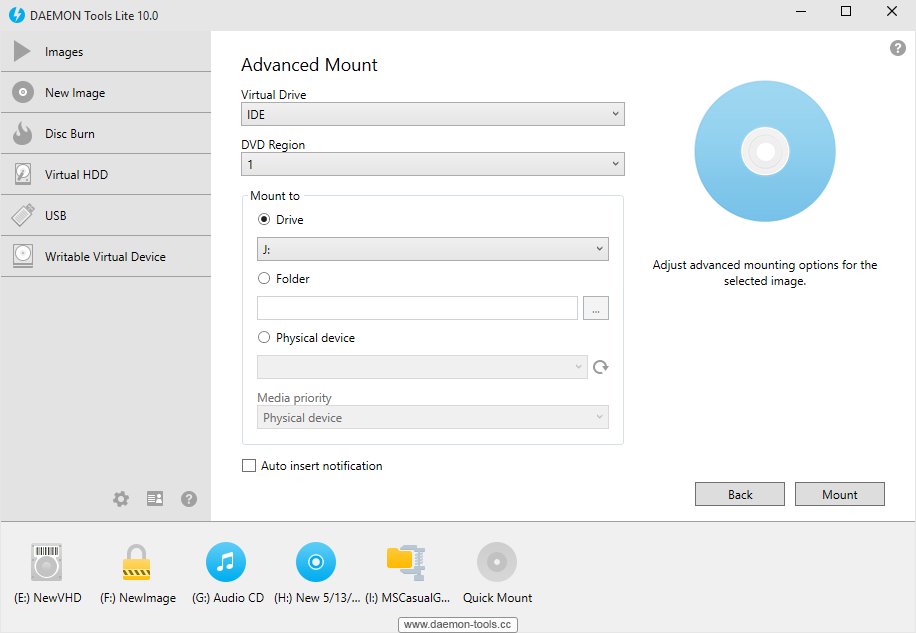


Sqlplus the password for the system user when prompted. Test the connection with the Oracle database server: Restore file default SELinux security contexts: /sbin/restorecon -v /etc/tnsnames.ora (ADDRESS = (PROTOCOL = TCP)(HOST = localhost)(PORT = 1521)) We need to configure the tns names entry for our database. usr/sbin/useradd -r -M -g dba -d /usr/lib/oracle/xe -s /bin/bash oracleĪTTENTION: To modify the configuration values, uninstall and reinstall the RPMS. The following two commands create the group and user for the oracle user prior to the installation of the oracle-xe-univ package: To run with SELinux enabled, the oracle user uid must be below 500.

Oracle Express Edition server works fine even if it has some limitations: In this guide Spacewalk will be installed with an Oracle 10g database server supporting PostgreSQL as backend is a work in progress and we will update here whenever will be a viable option.


 0 kommentar(er)
0 kommentar(er)
